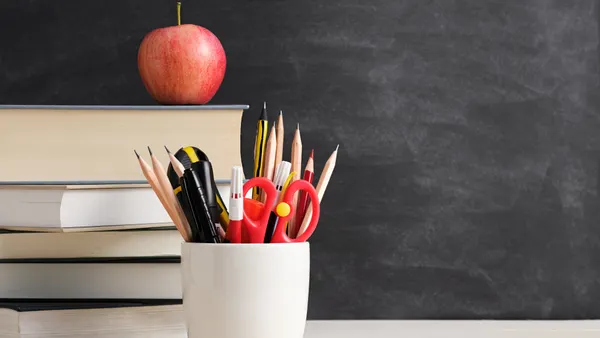Dive Brief:
- High school Spanish teacher Bryan Upshaw writes for eSchool News that, despite its ability to connect students with experts worldwide and provide insight on real-world experiences, video conferencing remains an underutilized tool.
- Upshaw writes that just about every classroom has the means to utilize tools like Skype, Face Time, Facebook Messenger, Google Hangout or Viber to connect students with experts in a variety of fields, and he notes that the approach has been shown to increase student engagement and listening and speaking skills due to the real-time interaction and immediate feedback from someone outside of students' daily world.
- To get started, Upshaw recommends using the summer to reach out to college professors, museums, peers who might know relevant experts and friends who might now be experts themselves, adding that some organizations like the Smithsonian Institution also offer free video conferences.
Dive Insight:
One of the most basic ways to boost student engagement with learning material is to demonstrate its relevance to the real world, and the easiest way to accomplish that is to put them face-to-face with an expert in a given field. Unfortunately, this isn't possible for many schools — especially those in rural locales. But modern technology has transcended the limitations of physical distance, allowing teachers to virtually connect their students with professionals in the field and more.
For example, a science lesson covering dinosaurs can now be connected with a paleontologist on a dig site, or a social studies class can potentially interact with one of their representatives, all in real-time. This can be especially important when it comes to providing students of color with role models they relate to across numerous professions. And as Upshaw notes, the approach can also help language educators enrich their classrooms by allowing an English-speaking class learning Spanish to connect with a Spanish-speaking class learning English in another country, providing a valuable peer-learning opportunity for students on both ends.








